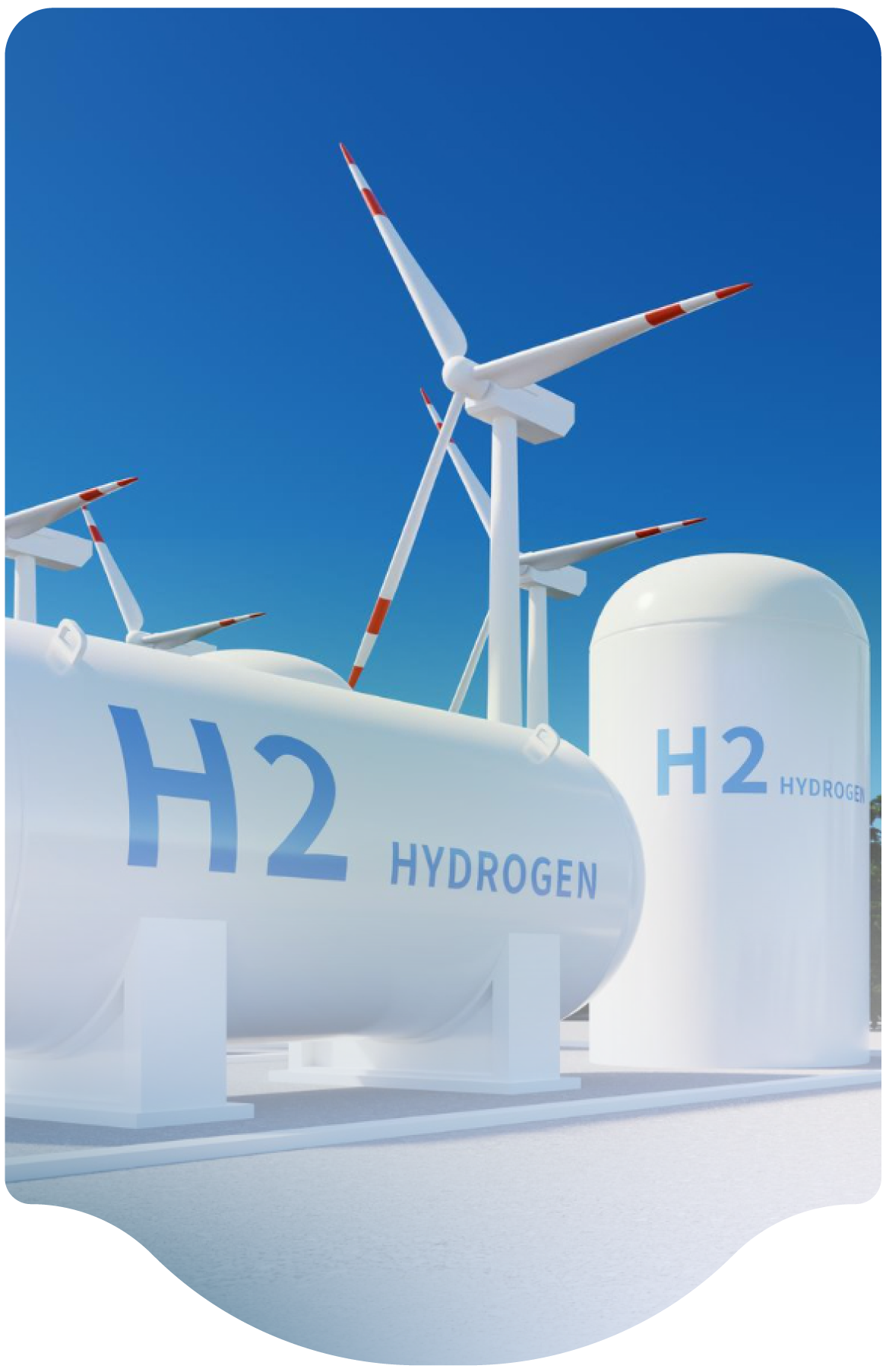- Home
-
Resources
- Center for Hydrogen Safety
- Hydrogen Fuel Cell Codes and Standards
- Learnings & Guidance
- Paper & References
- Web-based Toolkits
- Workforce Development

- Contact
- About H2Tools
- Welcome to the Hydrogen Tools Portal
- helpdesk@h2tools.org
FAQ
Frequently Asked Questions
Question & Answer
Category
Detectors, Fueling Stations
- 15 results found
- Clear All
If liquid hydrogen usage is sufficiently high at the fueling station, there may be no need to vent any boiloff generated from the LH2 storage tank. Boil-off gas should be minimized through system design, but where needed, the boil-off hydrogen along with any other hydrogen released must be vented through a local vent stack which is constructed to safely vent the hydrogen in accordance with CGA…
Category: Fueling Stations
Keywords: Fueling Station, Boil-off Gas, Venting
In the U.S., liquid hydrogen fueling stations and dispensing equipment are addressed within NFPA 2, Chapter 11. Dispensing is covered within Section 11.3. When liquefied hydrogen is used as the supply for high pressure gaseous fueling, then Chapter 10 of NFPA 2 would apply.
ISO standards are also being developed for global LH2 fueling protocols.
Category: Fueling Stations
Keywords: Fueling Station, FC Vehicles, Dispensing, Charging
Nitrogen/helium blends are frequently used to leak test hydrogen systems.
Category: Detectors
Keywords: Leak Detection, Sniffer Testing, N2/He Blends
Speed of detection, detection limit, location, and cross-sensitivity are some of many criteria that might be used for selecting a detector. A common setpoint for gaseous hydrogen detection is 25% of LFL, or 1% concentration in air. However, the detection limit also depends on the system and exposure. When specific hazards are likely, detectors may have detection limits in the low-ppm range.…
Category: Detectors
Keywords: Leak Detection, Set Point
Leak detection system requirements depend on the system design and applicable codes. The
appropriateness of detection equipment depend on many factors, including the type of system,
application, location, and probability of leaks. For example, hydrogen refueling stations are required by
code to be equipped with leak detection systems.
Category: Detectors
Keywords: Leak Detection, Fueling Station
While hydrogen gas detectors are less effective outdoors, they can be an important safeguard as part of an overall hydrogen system design. They have been used in many cases to automatically shut down equipment and isolate hydrogen supply. Location and type of detectors depend on the system design and siting, but when installed, should be in areas that are most likely to be exposed to hydrogen…
Category: Detectors
Keywords: Detection, Outdoors, Gas detector, Dispersion Analysis
Training personnel and equipping them with portable gas detectors to properly identify the gas that is
leaking can play an important role in both troubleshooting and emergency response.
Category: Detectors
Keywords: Detection, Portable, Leak, Emergency Response
How frequently do gas detectors need to be calibrated, and can we perform the calibration
ourselves?
The manufacturer’s calibration requirements should be followed to ensure proper operation of the
detection system. The requirements will vary depending on the type of detector and the environment in
which they are installed. Calibration can usually be performed by the user/owner if properly trained and
supplied with calibration gas, etc.
Category: Detectors
Keywords: Gas detector, Calibration, User Training
Many methods are used to mitigate the risk of a tube trailer hose loss of containment incident. Examples that otherwise exceed code requirements are provided below. These have been deployed in various combinations depending on the risk analysis for a particular system:
- Installation of automatic shutoff valves on the tube trailer upstream of the hose to activate upon hose…
Category: Fueling Stations
Keywords: Hose, "Drop and Swap", Tube Trailer
A "drop and swap" delivery system using tube trailers is a common and accepted method of supply for both industrial and fueling station applications. While NFPA 2 - 2023, paragraph 10.6.3.5 states, "The use of hose in a hydrogen dispensing system shall be limited to vehicle fueling hose," this is intended for the dispenser itself, not the entire fueling station. This does not limit the use of…
Category: Fueling Stations
Keywords: Hose, "Drop and Swap", Tube Trailer
We are professional and reliable provider since we offer customers the most powerful and beautiful themes. Besides, we always catch the latest technology and adapt to follow world’s new trends to deliver the best themes to the market.
Contact info
We are the leaders in the building industries and factories. We're word wide. We never give up on the challenges.
- 2 Queen Street,California, USA
- (+84) 04 123 456
- :Helpdesk@h2tools.org
